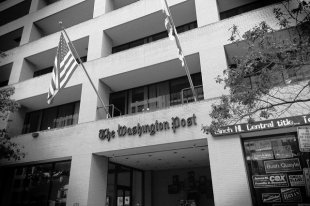A world expert on horseshoe crabs is worried about their extinction after 455 million years of life on Earth–largely because of the crab having become a delicacy in nations in Asia.
Dr. John T. Tanacredi first became familiar with horseshoe crabs as a boy from Brooklyn coming to Babylon, Long Island in summers and learning to swim off a beach along the Great South Bay. In that period, the early 1960s, the beach was “filled” with horseshoe crabs. The shores of the New York Metropolitan Area especially Long Island and the wetlands they embrace have been an active habitat for horseshoe crabs.
Back in Brooklyn, as a young man volunteering as a docent at the New York Aquarium in Coney Island, he began studying what he speaks of as this “alien-looking, strange-looking creature.”
The aquarium had an exhibit featuring horseshoe crabs and Dr. Tanacredi speaks of the impact on him of the writings of the aquarium’s director, the Dr. George Ruggieri, a marine biologist and a Catholic priest, he noted. Dr. Ruggieri’s writings told of how horseshoe crabs, beyond being an extraordinary life form in themselves–“living fossils,” said Dr. Tanacredi–have provided “pharmaceuticals from the sea.”
The blue blood of the horseshoe crab has been and remains indispensable in the detection of bacterial endotoxins in medical applications. Horseshoe crabs are widely harvested for this medical purpose. It’s a $300 million industry globally, he said. The animals are bled, the blue blood collected and used for this medical purpose. Most of the crabs survive upon being returned to the sea.

